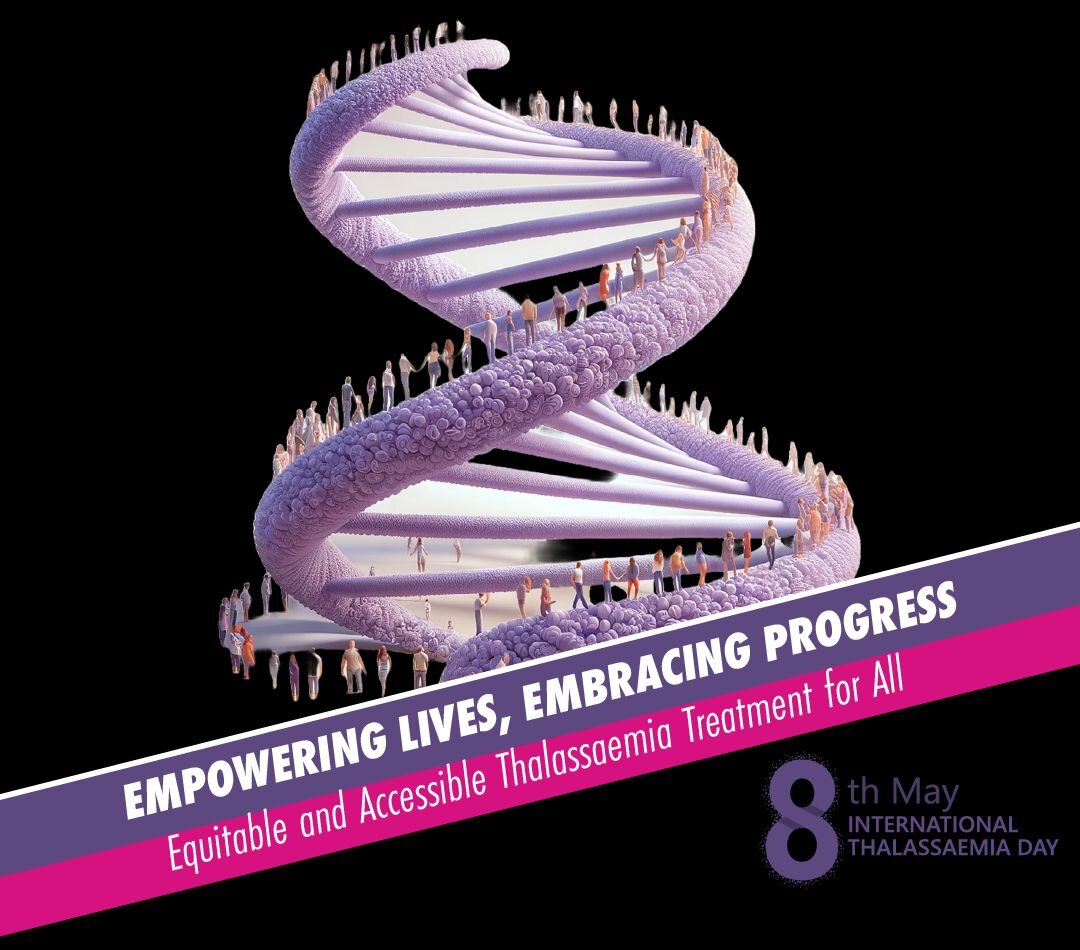Around 19,000 thalassemia patients identified

TEHRAN –Currently, there are about 19,000 patients with thalassemia in the country, with 15,500 diagnosed with thalassemia major, 2,800 with thalassemia intermedia, and 1,000 suffering from sickle cell disease and other hemoglobinopathy disorders.
Thalassaemia is a genetic blood disorder that hinders the body’s ability to produce hemoglobin, resulting in varying degrees of anemia, fatigue, and related complications. The severity of the condition varies depending on the type of thalassemia, making expert care crucial for effective treatment and management.
Celebrated on May 8th, the World Thalassemia Day raises awareness of the disease. With an estimated 100 million people worldwide carrying genes responsible for thalassemia, and more than 300,000 babies born annually with severe forms of the disease, the Day is a powerful call to raise awareness about this condition and its impact while celebrating the solidarity of the resilient thalassemia community worldwide.
Each year, World Thalassaemia Day is celebrated according to a theme. The theme for the year 2024 is ‘Empowering Lives, Embracing Progress: Equitable and Accessible Thalassaemia Treatment for All’.
It underlines the timely need for a unified approach in addressing the patients’ right to access all available, approved, and safe treatment options—regardless of cost—and achieve the best possible quality of life.
The theme also conveys the message of empowering individuals affected by thalassaemia through advancements in treatment options, while emphasizing the need for continued and collective awareness and advocacy efforts to bring about meaningful improvements to the lives of everyone affected by this genetic condition.
In Iran, a total of 240 health centers across public hospitals provide patients with blood transfusion services.
The services include blood transfusions, iron chelation therapy, and other essential services.
Moreover, 30 academic centers provide specific tests such as ferritin tests, T2 MRI, rehabilitation services, and dental care.
The disease is mostly prevalent in the provinces of Gilan, Mazandaran, Sistan-Baluchestan, Khozestan, and Hormozgan.
Domestically manufactured medicines to prevent iron overload, either in the form of pills or shots under the skin, are available in sufficient quantities.
Also, as per regulations, foreign medications are accessible to patients who need them, with 97 percent of the costs covered by insurance.
The health ministry aims to improve services in the current Iranian year that started on March 20 by providing financial protection to cover the total expenses of rare diseases.
The health ministry also plans to develop comprehensive packages for the diagnosis and treatment of rare and hard-to-treat diseases, increasing services in each support package, and establishing relevant scientific advisory committees.
Genetic counseling for thalassemia before marriage, and prenatal diagnosis services are available in the country with the government paying for the costs.
442 rare diseases identified in Iran
A total of 442 rare diseases have been identified in the country according to a recent report by the Rare Disease Foundation.
The incidence of rare diseases is very low to the extent that maybe one or two people with a certain rare disease are present in the country. Some rare diseases such as ‘butterfly skin or EB’, ‘Spinal muscular atrophy (SMA)’, ‘Metabolic diseases’, ‘Autism’, and ‘Dystrophies' are among the most common cases in the country. A sum of 50 trillion rials (about $100 million) was allocated in the Iranian calendar year that ended on March 20, 2023, IRNA reported, adding that the figure rose to 70 trillion rials the next year.
Considering the number of patients identified, the needed medicines, and medical tools, a sum of 150 to 180 thousand trillion (about $300 million) is expected to be allocated for the current Iranian calendar year, beginning on March 21.
MT/MG
Leave a Comment